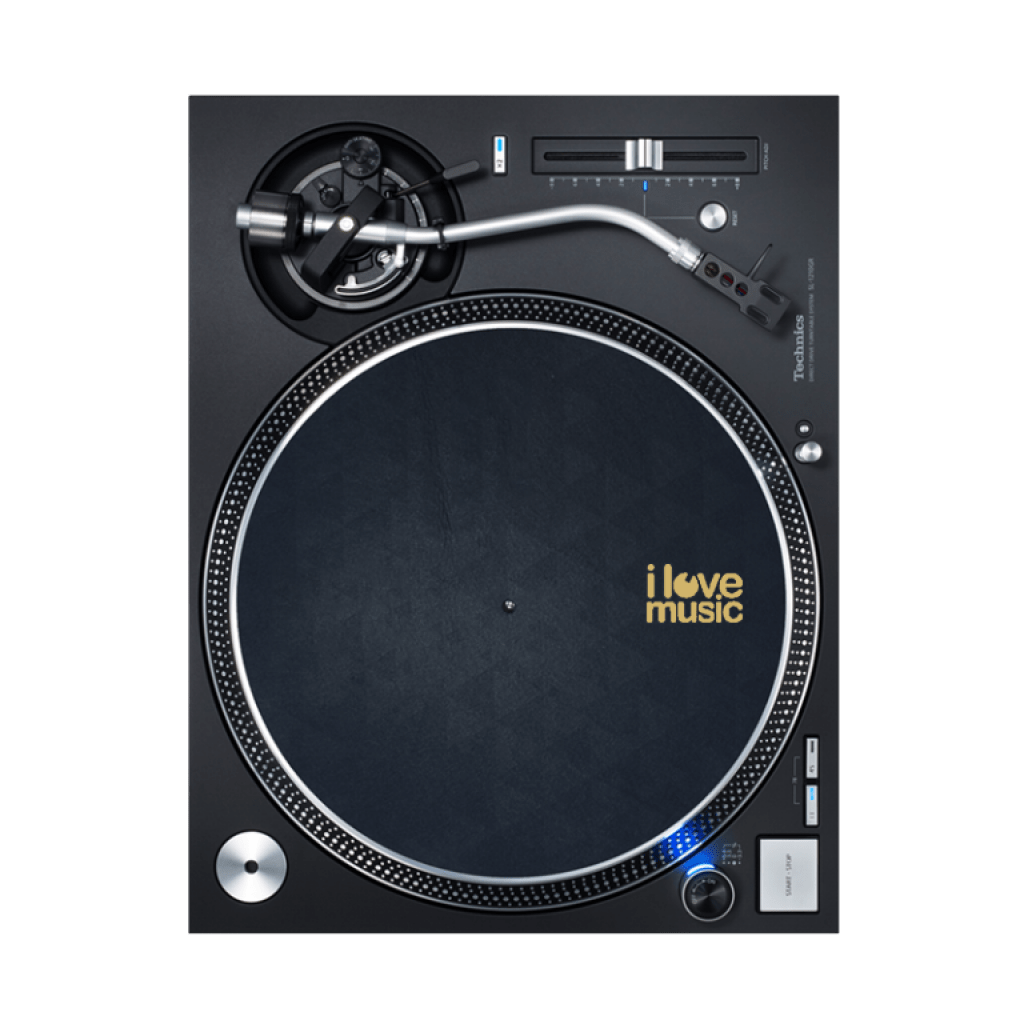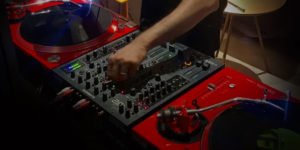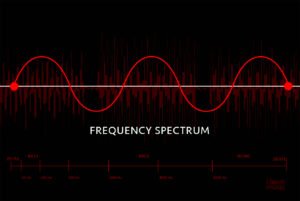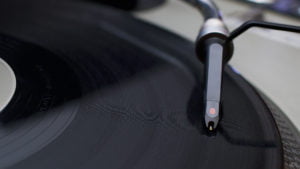The Direct Drive Turntable was a new technological advancement to the well-established Belt Drive Turntable. The Direct drive system overcomes some of the disadvantages that the users of Belt Drive systems face. Soon after the launch, Direct Drive turntables became popular between live performers and Disc Jockeys. Due to its new and improved system, it actually overcame the main disadvantage of the belt drive turntables – the ability to handle a DJ performance. In this article, we will overview the basics of the Direct Drive turntables.
Direct Drive Turntables. What is it?
In the Direct Drive system, the motor is housed in the centre directly under the platter. Instead of a belt, the motor directly connects to the platter. It has better torque, which was missing in the older designs. Fewer parts also mean less maintenance and less wear and tear.

Preferred by DJ’s
If you are a DJ, the Direct Drive is for you. It reaches the optimal preset playing speeds very quickly with consistent platter acceleration. The high torque allows for more stability while playing. The technical design allows for better control.
Direct drive is more resilient to external stimuli making it ideal for the tricks and motions of the DJ while scratching or backspins (Dj technique). Touching the platter was once a “no-no” in the early djing days, often causing mechanical issues on the belt drive. All the above factors lead to the popularity of the Direct Drive turntables making them the most widely used turntables in DJing.

Sound Quality
Where Direct drive turntables surpass others in performance, they lose out on sound quality. Turntables are precision instruments, the stylus acts like a microphone picking up vibrations. The location of the motor connected to the platter transfers vibrations, which are caught by the needle, creating unwanted noise in the form of a hum or distortion during playback. But this is something that has been identified and corrected to acceptable levels in most professional turntables used for DJ’ing.
To overcome the hum, newer models have shock-absorbing material between the platter and the motor, which helps to reduce the noise.
The legs of the turntables sometimes contribute to the hmm as well…
Related Articles.
- “Turntable Feet”: Read more about the legs/feet of the turntables.
- Guide to Types of Turntables: Read more about the other different kinds of turntables.
- Turntables-The Breakdown: Read more about parts of the turntable.



















